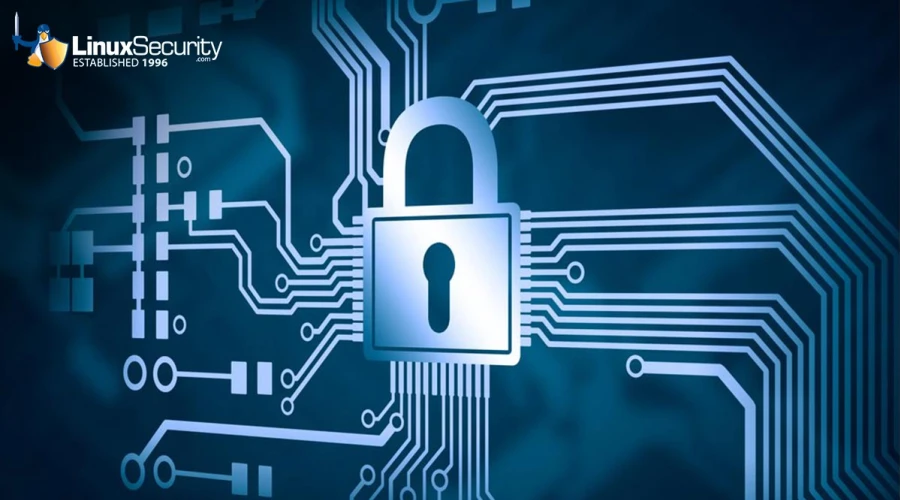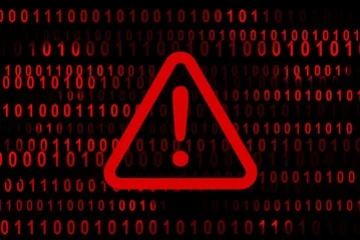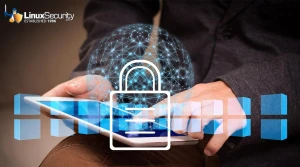Penguin at Peril: Addressing the Infostealer Epidemic on Linux Systems

As Linux admins, protecting our sensitive data and securing our systems against the growing threat of Linux malware is a crucial concern. After all, none of us can afford to have our sensitive information end up in the hands of an attacker or lose access to our critical systems.
Infostealers, a malware designed to extract sensitive data from infected computers, have become a defining part of the cybersecurity landscape. Recently, infostealers have made headlines as a growing threat to Linux systems. Once viewed as a more secure and less frequently targeted operating system, Linux is now experiencing a concerning rise in attention from cybercriminals employing these malicious tools.
To help you understand this troubling trend and proactively secure your Linux systems against this threat, I'll explain what infostealers are, their impact, and the reasons they are now targeting Linux systems. I'll also provide practical measures for Linux administrators looking to strengthen their defenses.
What Are Infostealers & How Do They Work?
Infostealers are a category of malware designed to extract sensitive data from infected computers, including personal and financial details, login credentials, and browsing histories. Once extracted from victim machines, this data may be used for identity theft, financial fraud, or even sold on the dark web for profit.
Infostealers operate quickly and straightforwardly: upon infection, their malware scans for specific types of data specified by its creator, such as stored passwords or autofill data on browsers and specific files (e.g., documents containing financial information). More sophisticated versions may even take screenshots or log keystrokes to capture information that may not yet exist or is encrypted in memory or elsewhere on a device.
What Are the Consequences of an Infostealer Infection?
 Infostealer infections can have devastating results for both individuals and organizations. Individual victims can suffer financial losses, damaged credit scores, and an invasion of privacy. Businesses face even more severe fallout. Loss of client trust, legal implications, and costly repairs of security breaches are just a few potential repercussions.
Infostealer infections can have devastating results for both individuals and organizations. Individual victims can suffer financial losses, damaged credit scores, and an invasion of privacy. Businesses face even more severe fallout. Loss of client trust, legal implications, and costly repairs of security breaches are just a few potential repercussions.
Research and cybersecurity reports have begun revealing an uncomfortable truth: infostealers are increasingly targeting Linux systems, even though traditionally, they were considered more secure and less frequently targeted than operating systems such as Windows. Statistics reveal that incidents involving infostealers targeting Linux systems more than doubled within the first quarter of 2023.
What Are the Reasons Behind the Rise in Infostealers Targeting Linux?
Several factors account for cybercriminals' growing attention on Linux servers. First, their increasing prevalence in enterprise environments makes them attractive targets, as these servers frequently host or provide access to vast quantities of valuable data. Second, some believe Linux is inherently secure, making exploiting vulnerabilities or configuration errors easier for attackers. Additionally, cryptocurrency's rapid rise and crypto mining operations based on Linux have made these systems attractive targets for attackers looking to steal digital currencies.
Practical Measures for Protecting Linux Systems From Infostealers
 Despite this growing concern, Linux admins can take several practical measures to reduce the threat posed by infostealers:
Despite this growing concern, Linux admins can take several practical measures to reduce the threat posed by infostealers:
- Regular Updates and Patch Management: Maintaining an up-to-date Linux system and patching software is critical to reducing the risk of infostealers exploiting known vulnerabilities.
- Security Audits and Hardening: Routine configuration reviews and hardening measures can significantly lower an attack surface. Lynis is a security auditing tool for Unix/Linux systems that can aid this process.
- Antivirus and Antimalware Tools for Linux: Though often forgotten on Linux systems, effective antivirus and antimalware solutions exist that detect and eliminate infostealers.
- Employee Training and Awareness: Informing users about phishing attacks—an increasingly prevalent means of spreading infostealer infections—is vital, as raising their awareness can prevent many potential infections.
- Use of Firewalls and Secure Networking Practices: Proper firewall configuration and ensuring all data transmission occurs securely (such as using VPNs for remote access) can help thwart information thieves from accessing their command and control servers.
- Data Encryption: Encryption can protect sensitive information at rest and during transport, even if an infostealer infiltrates a system.
- Regular Backups: Maintaining regular backups of critical data ensures that not all is lost should an infection arise. A robust recovery plan should also be part of any preventive strategy.
Our Final Thoughts on This Troubling Trend
While infostealers targeting Linux systems are undeniably growing increasingly prevalent, administrators still possess effective strategies to safeguard against this emerging threat. A combination of technological solutions and vigilant practices is required, but with proper implementation, admins can boost the security of their systems to combat evolving threats.

















